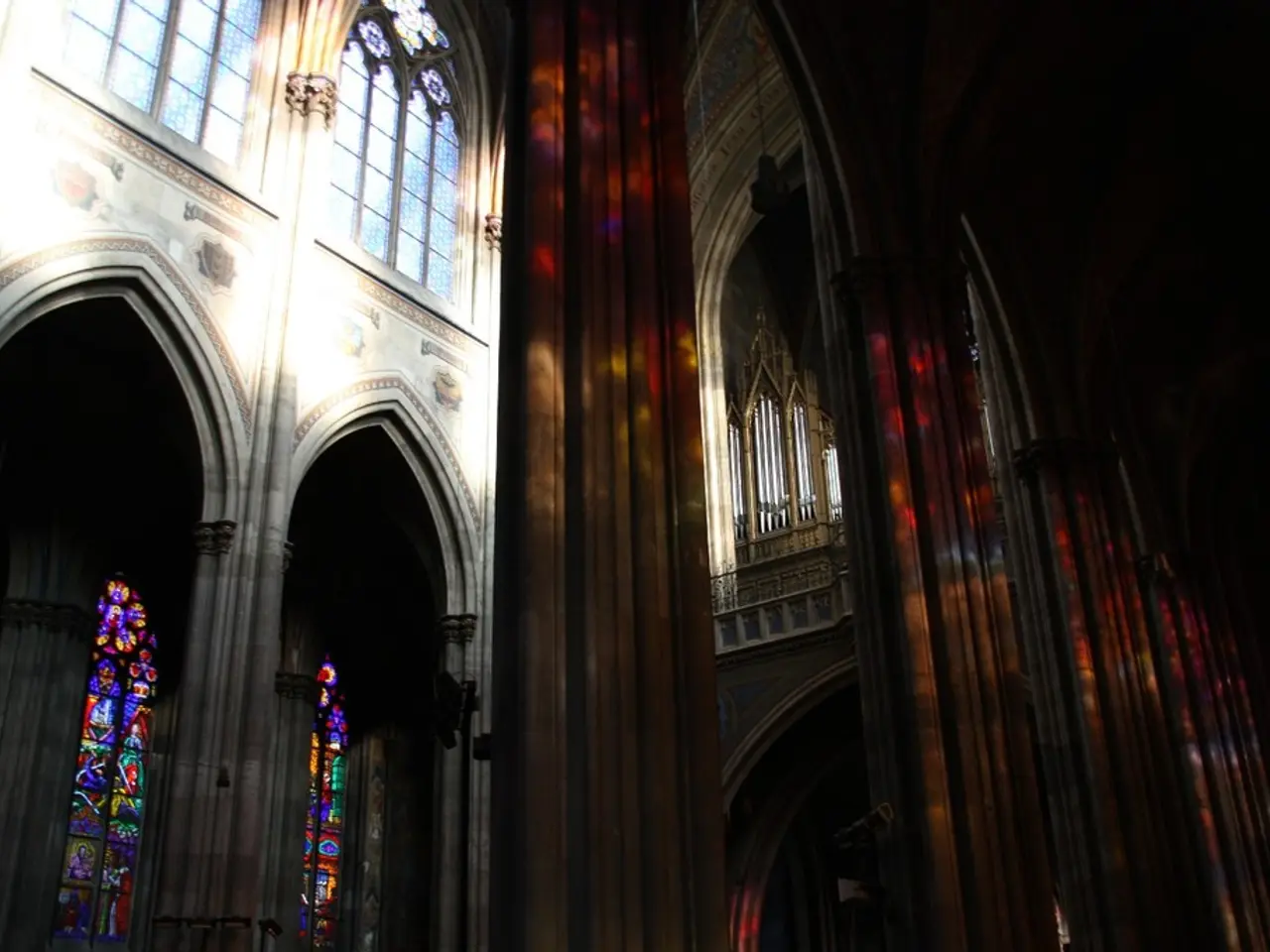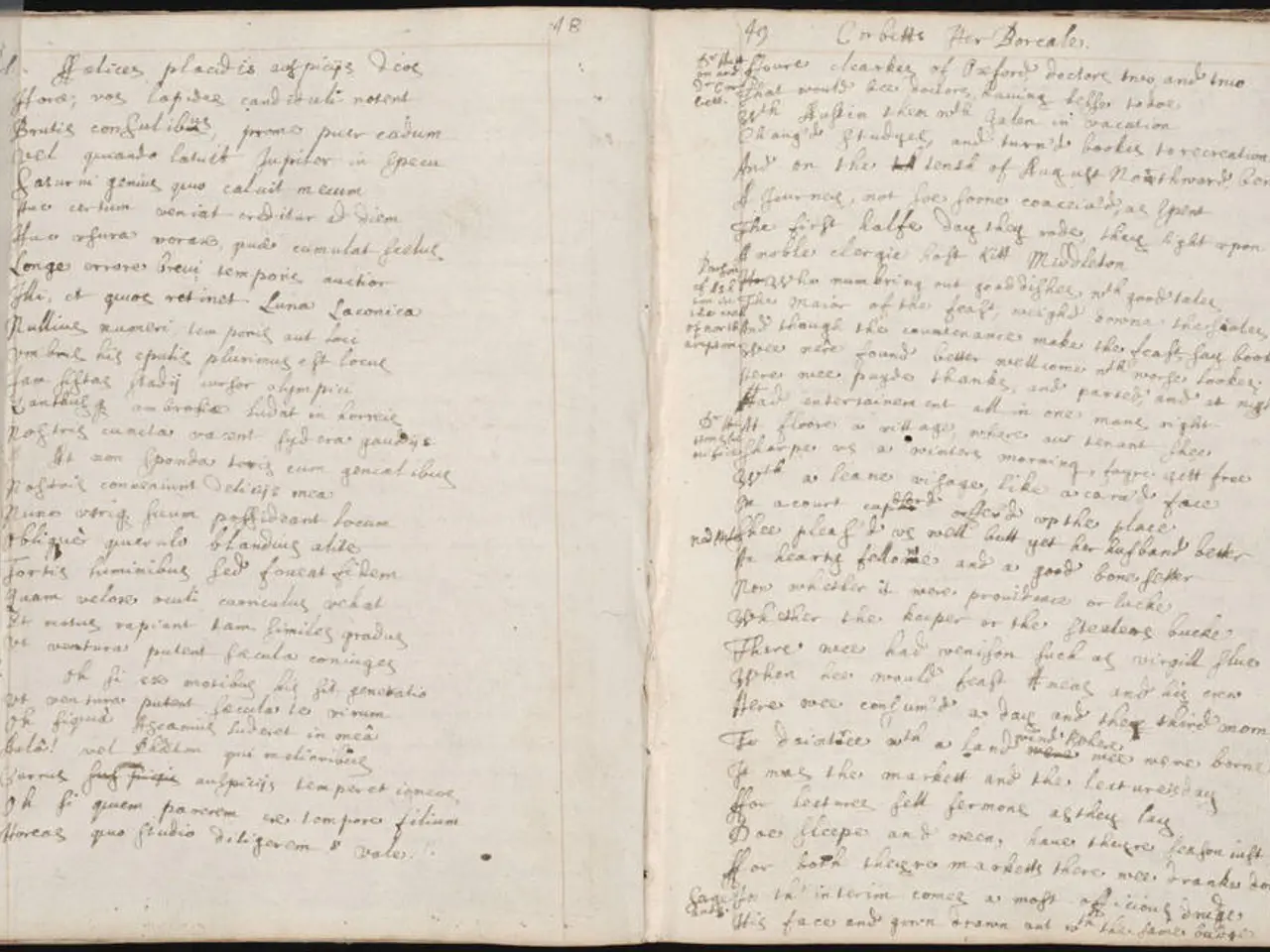Researchers Introduce Paint with Sweat Capabilities, Offering Heat Reduction Without Air Conditioning, Even During Severe Temperature Spikes at Home
New "Sweating" Paint Reduces Summer Cooling Costs by Half
Researchers at Nanyang Technological University (NTU) in Singapore have developed an innovative paint that promises to significantly reduce summer cooling costs and improve urban heat mitigation, particularly in hot and humid climates.
The experimental paint, dubbed the "sweating paint," employs a unique combination of passive cooling mechanisms. It retains water in its porous, cement-based structure and slowly releases it, enabling evaporative cooling similar to human sweat. Additionally, the paint boasts high solar reflectivity (88-92% of sunlight) and radiative heat emission (up to 95% of absorbed heat). This triple-action approach cools buildings effectively without electricity or mechanical systems, improving energy efficiency and helping address severe urban heat island (UHI) effects.
The paint's cooling efficiency is particularly effective in humid climates where traditional cooling paints struggle. In tests on three houses, the experimental paint used 30-40% less electricity for air conditioning compared to houses with regular white paint and commercial cooling paint after two years.
The paint's design is crucial for maintaining its reflectivity and cooling efficacy under tropical conditions. It remains white even after two years in the tropical sun and rain, ensuring that it continues to reflect sunlight effectively and doesn't degrade quickly.
The paint's potential energy savings and urban benefits are generating buzz. If follow-up studies confirm the results, the "sweating paint" could be an easy and cost-effective solution for city planners, architects, and homeowners to reduce energy bills and improve comfort in cities.
The record heat waves and soaring energy demands in cities worldwide make new ways to passively cool buildings a top priority. Most paints that claim to cool buildings either wear out quickly or can't handle the combination of intense sun and humidity, making this new paint a unique solution.
The paint sends heat into the atmosphere as invisible infrared radiation, reducing street-level warming. This feature helps fight the urban heat island effect, particularly beneficial in dense cities like Singapore and across the Middle East.
The research findings were published in the journal Science. The new paint's ability to stay bright, reflect sunlight, and mimic sweating makes it a promising candidate for buildings in various climates, especially where conventional solutions fall short. However, the real-world costs of the paint over time need to be determined.
This experimental paint could revolutionise the way we cool buildings, offering significant benefits for energy efficiency, urban heat mitigation, and comfort in hot and humid climates.
The innovative "sweating paint" developed by researchers at NTU could be a breakthrough in environmental-science, particularly in relation to climate-change mitigation strategies, as its unique design enables it to improve urban heat mitigation and reduce summer cooling costs by half. Moreover, the paint's triple-action approach, utilizing passive cooling mechanisms, high solar reflectivity, and radiative heat emission, makes it an appealing technological solution for addressing severe urban heat island effects in hot and humid climates.




